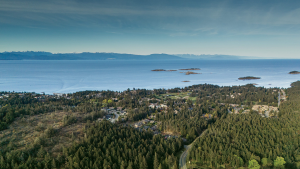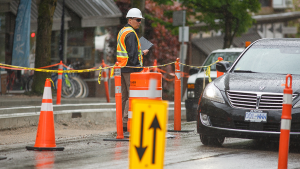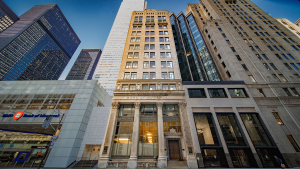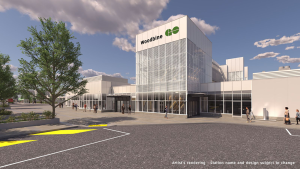Additional safety conditions imposed on the Keystone XL pipeline are not expected to hurt the economics of the project, whose price tag is already expected to soar by at least several hundred million dollars over earlier estimates.
Additional safety conditions imposed on the Keystone XL pipeline are not expected to hurt the economics of the project, whose price tag is already expected to soar by at least several hundred million dollars over earlier estimates.
“It appears to mean a couple of extra steps on the welding and is it going to make an economic difference? We don’t think so,” said Steven Paget, an analyst with FirstEnergy Capital in Calgary.
According to a report by The Associated Press, the U.S. Pipeline and Hazardous Materials Safety Administration has quietly added two new safety conditions to the TransCanada Corp. project.
One requires the company to hire a third-party contractor of the agency’s choosing to monitor construction and another requires it to adopt a quality management program.
The two conditions are on top of 57 others TransCanada agreed to three years ago.
They came about after the safety agency learned about defects on the southern leg of the Keystone system, which started up in January, though a company spokesman said the two matters are not connected.
TransCanada has long said the price tag of Keystone XL will far exceed its current estimate of US$5.4 billion, but has not put a specific figure on the expected cost.
In a recent interview, CEO Russ Girling was asked whether US$6 billion would be a more accurate number, to which he replied: “bigger.”
“It’ll be a big number. We’ll let people know, once we get the go-ahead,” he said.
“But there’s no sense in me re-estimating every few months.”
Despite the rising costs, Girling said the business case for Keystone XL remains strong.
“We’ve said we‘ll stay in this thing as long as our customers stay in. And, our customer demand is growing,” he said.
“You have to make oil uneconomic to kill it.”
TransCanada has already invested about US$2.5 billion in Keystone XL.
But until the pipeline gets built, that sunk capital doesn’t do TransCanada or its investors any good, said Paget, the FirstEnergy analyst.
“The delay in itself has a tangible cost,” he said.
Paget’s most recent estimates put the Keystone cost at around US$6.9 billion, but there are several factors that could sway the number.
Sonny Mottahed, CEO and managing partner at Black Spruce Merchant Capital, said it’s unlikely the rising costs will make Keystone XL less attractive, especially since alternatives, such as rail, are so much more expensive.
“When you’re talking about these 30, 50, 60-year project lifespans of these pipelines there’s probably a pretty high choke point before guys start looking at completely different options,” he said.
“But, the reality is that you’re going to have cost creep regardless if you look at an alternative project.”
Costs are less of an issue than timing, said Laura Lau, senior vice-president at Toronto’s Brompton Group.
Lau said she’s doubtful the pipeline will be approved while U.S. President Barack Obama is in office.
“And that’s January 2017, which means another two years to build it at best,” she said.
At that point, pipelines such as Enbridge Inc.’s reversed Line 9 and TransCanada’s massive Energy East proposal should be up and running, providing an outlet for Alberta crude to fetch higher global prices.
“That’s the problem. You’re bumping against yourself and will all these commercial shippers agree to extend this?”
News from © Canadian Press Enterprises Inc., 2014










Recent Comments
comments for this post are closed